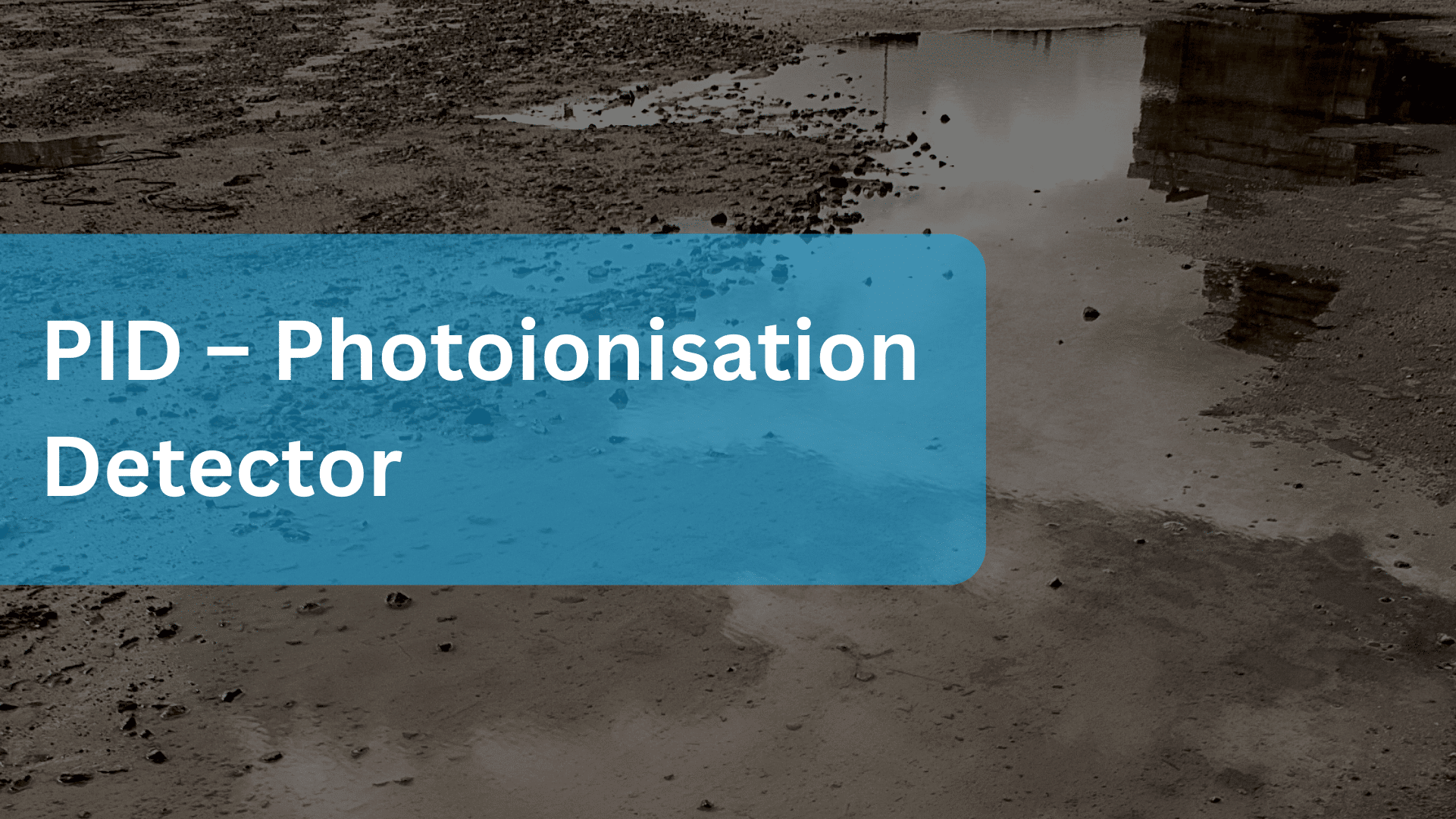
PID – Photoionisation Detector: An Overview
Photoionisation detectors, or PIDs, are essential tools for detecting volatile organic compounds (VOCs) across various industries. Utilising ultraviolet light to ionize gas molecules, PIDs can measure concentrations from parts per billion to thousands of parts per million.
How PIDs Work
PIDs function by emitting ultraviolet light that ionises gas molecules. This process releases electrons, creating positively charged ions. The resulting electric current correlates directly with the gas concentration, facilitating accurate measurements.
Applications of PIDs
PIDs are utilised in several key areas:
Environmental monitoring assesses air quality and detects pollutants.
Industrial safety protects workers by monitoring exposure to harmful VOCs.
Emergency response teams identify hazardous gases during incidents.
Soil assessments detect VOCs in contaminated sites.
Leak detection efficiently manages risks in storage tanks and pipelines.
Comparison Chart: PID vs Other Gas Detection Technologies
| Feature | PID | FID | IR Sensor | Electrochemical |
| Detection Method | UV ionisation | Flame ionisation | Infrared absorption | Chemical reaction |
| Sensitivity | Very high (ppb) | High (ppm) | Moderate (ppm) | High (ppm) |
| Response Time | Fast (seconds) | Fast (seconds) | Moderate (10-30s) | Moderate (30-60s) |
| Selectivity | Low | Low | High | High |
| Portability | High | Moderate | High | High |
| Cost | Moderate | High | Moderate | Low |
Conclusion
PID – Photoionisation Detector are vital for ensuring safety and environmental quality. Their rapid measurement capabilities make them invaluable in various applications, from industrial settings to emergency response, helping organizations maintain a safer environment.





